Access to complete, credible, easy-to-use and timely information about geographical objects and factors, as well as their influence, are the prerequisites for making the right decisions when carrying out different tasks in different situations. By the development and introduction of technologies of geographic information systems (GIS technology), for the time being, non-spatial data received spatial meaning and significance.
Potential benefits and possibilities of GIS are numerous, and are based on the fact that a large amount of spatial data stored in computer memory is displayed in a visual, simple and user friendly form.
Emergency management actions are developed and implemented through the analysis of information. The majority of information is spatial and can be mapped. Once information is mapped and data is linked to the map, emergency management action planning can begin. Once life, property, and environmental values are combined with hazards and risks, emergency management personnel can formulate mitigation, preparedness, response, and recovery needs.
Public safety has been raised to a new level of public awareness. More than 60% of emergency calls in the EU are from mobile devices, the smart-phone penetration rates easily exceeded 50% in the member states, and citizens take ambient location information, e.g. for location based services, in daily life for granted. The tools used for public safety applications are rapidly evolving. Highly accurate GIS is a powerful tool to be used for public safety applications that either require or can benefit from it (computer aided dispatch system, record management system, public notification systems, etc.).
The document explores ways in which GIS systems and data can be used as a tool for analysis and support for decision making of Public Safety Answering Points (PSAP) within their coverage area.
We would like to thank Mr. Mladen Vratonjic, EENA Advisory Board Vice-Chair and EENA Operations Committee Vice-Chair, and Mr. Helmut Wittmann, EENA Operations Committee Vice-Chair, for their valuable contributions to this publication.
You can read the document here.
